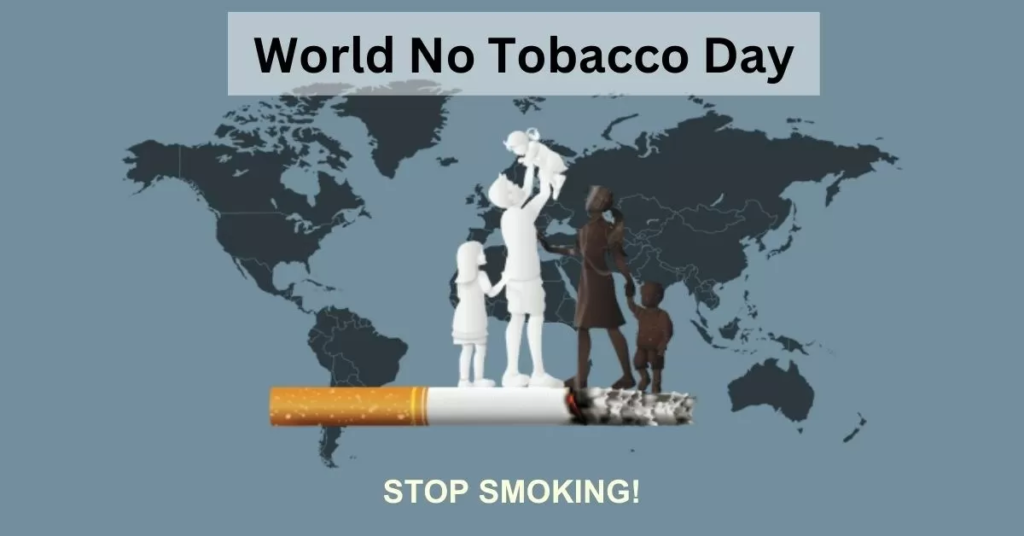
Table of Contents
- Introduction: A Silent Killer
- The Science Behind the Smoke
- Immediate Risks of Tobacco Use
- Long-Term Health Consequences
- Secondhand Smoke: An Invisible Threat
- The Psychological Chains of Addiction
- Tobacco and Your Appearance: The Cosmetic Toll
- Financial Costs of Smoking: Burned Money
- Real Stories: Survivors Who Quit in Time
- How to Quit: A Practical Game Plan
- The Rewards of a Smoke-Free Life
- Final Thoughts: It’s Not Just a Habit, It’s a Hazard
1. Introduction: A Silent Killer
Tobacco doesn’t knock on your door with a warning—it creeps in quietly, disguised as a stress reliever, a social habit, or even a lifestyle choice. But beneath the surface lies a powerful truth: tobacco use is one of the leading causes of preventable death globally. The danger isn’t always immediate, but the damage is always real.
2. The Science Behind the Smoke
Each puff of a cigarette contains over 7,000 chemicals, of which at least 70 are known carcinogens. Nicotine is the hook, but it’s the cocktail of poisons—arsenic, formaldehyde, cyanide—that launch a full-scale assault on your lungs, heart, and brain over time. What begins as a drag soon becomes a disease.
3. Immediate Risks of Tobacco Use
Most people think tobacco takes decades to show its wrath. Not true. In the short term:
- Blood pressure rises within minutes
- Carbon monoxide levels in the blood spike
- Breathing becomes more shallow and rapid
- Fertility can be affected
Even “social” smoking carries measurable health effects.
4. Long-Term Health Consequences
Tobacco doesn’t just lead to lung cancer—though that’s the most famous outcome. Long-term effects include:
- Heart disease
- Stroke
- Chronic Obstructive Pulmonary Disease (COPD)
- Kidney and bladder cancers
- Reproductive harm
It turns your body into a battlefield where the odds are stacked against you.
5. Secondhand Smoke: An Invisible Threat
You don’t have to be a smoker to suffer from tobacco. Secondhand smoke kills over 1.2 million people each year. Children and infants are especially vulnerable, facing higher risks of asthma, bronchitis, and sudden infant death syndrome (SIDS). Smokers don’t just gamble with their lives—they risk others too.
6. The Psychological Chains of Addiction
Tobacco addiction isn’t just physical—it’s deeply mental. Nicotine rewires your brain, associating smoking with relief, confidence, and reward. But what it truly offers is dependency. Quitting feels hard not because you’re weak, but because you’re up against a well-crafted chemical trap.
7. Tobacco and Your Appearance: The Cosmetic Toll
Smokers age faster. The reasons?
- Reduced oxygen flow to skin
- Wrinkles and discoloration
- Tooth decay and gum disease
- Hair thinning
Forget beauty creams—smoking ages you from the inside out.
8. Financial Costs of Smoking: Burned Money
A pack-a-day smoker spends thousands per year on cigarettes alone. Factor in:
- Medical expenses
- Insurance premiums
- Lost productivity
- Cosmetic fixes
You’re not just burning tobacco—you’re burning your future.
9. Real Stories: Survivors Who Quit in Time
James was 37 when he quit after a heart attack scare. Maria beat lung cancer and now leads community awareness drives. Their message is universal: “Quitting saved our lives. We only wish we had done it sooner.” Personal stories add proof to the science.
10. How to Quit: A Practical Game Plan
Quitting isn’t about willpower alone—it’s about strategy:
- Set a quit date and announce it
- Remove all tobacco products and triggers
- Seek support groups and counseling
- Use nicotine replacement or prescription meds if needed
- Track your progress and celebrate milestones
Each smoke-free day is a win.
11. The Rewards of a Smoke-Free Life
Within 20 minutes of quitting, your body starts healing. Within a year, heart attack risk drops by 50%. Over time, your lungs regenerate, taste returns, and energy soars. And there’s more:
- More time with family
- More money in the bank
- More years in your life
12. Final Thoughts: It’s Not Just a Habit, It’s a Hazard
Every cigarette is a step closer to illness, suffering, and regret. But here’s the truth: every cigarette you don’t smoke is a step back to life, freedom, and control.
You don’t have to wait for a sign or scare. The best time to quit was yesterday. The second-best time is now.

